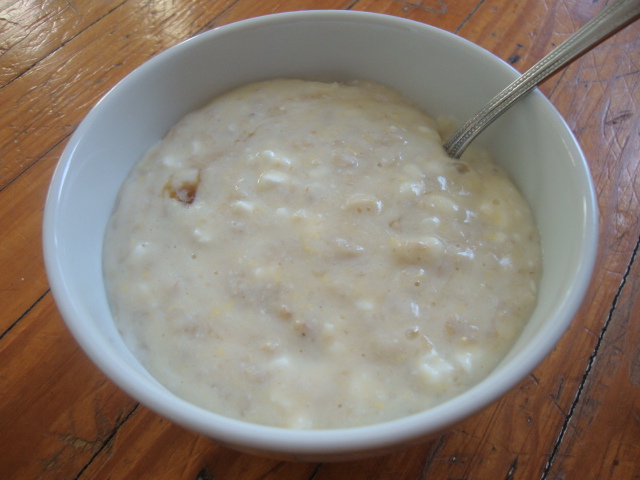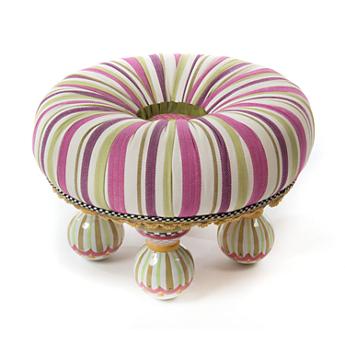Mother Goose
Nursery rhyme:
A nursery rhyme is a traditional poem or song for young children in Britain and many other countries, but usage only dates from the late 18th / early 19th century. In North America the term Mother Goose Rhymes, introduced in the mid-18th century, is still often used.
A French poem, similar to "Thirty days hath September", numbering the days of the month, was recorded in the 13th century. From the later Middle Ages there are records of short children's rhyming songs, often as marginalia. From the mid-16th century they begin to be recorded in English plays. Most nursery rhymes were not written down until the 18th century, when the publishing of children's books began to move from polemic and education towards entertainment, but there is evidence for many rhymes existing before this, including "To market, to market" and "Cock a doodle doo", which date from at least the late 16th century.
Many nursery rhymes have been argued to have hidden meanings and origins. John Bellenden Ker, for example, wrote four volumes arguing that English nursery rhymes were actually written in 'Low Saxon', a hypothetical early form of Dutch. He then 'translated' them back into English, revealing in particular a strong tendency to anti-clericalism. Many of the ideas about the links between rhymes and historical persons, or events, can be traced back to Katherine Elwes's book The Real Personages of Mother Goose (1930), in which she linked famous nursery-rhyme characters with real people, on little or no evidence. She assumed that children's songs were a peculiar form of coded historical narrative, propaganda or covert protest, and rarely considered that they could have been written simply for entertainment.
Tales of My Mother Goose:
Tales of My Mother Goose is a collection of literary fairy tales written by Charles Perrault, published in Paris in 1697. The work became popular because it was written at a time when fairy tales were fashionable amongst aristocrats in Parisian literary salons. Perrault wrote the work when he retired from court as secretary to Jean-Baptiste Colbert, minister to Louis XIV of France. Colbert's death may have forced Perrault's retirement, at which point he turned to writing. Scholars have debated as the origin of his tales and whether they are original literary fairy tales modified from commonly known stories, or based on stories written by earlier medieval writers such as Boccaccio.
The stories written for the 1697 edition were "The Sleeping Beauty", "Little Red Riding Hood", "Bluebeard", "The Master Cat, or Puss in Boots", "Cinderella", "Riquet with the Tuft", and "Hop o' My Thumb", "Griselidis" (La Patience de Grisélidis), "The Ridiculous Wishes" (Les Souhaits ridicules), "Donkeyskin" (Peau d'Ane) and "Diamonds and Toads" (Les Fées).
Charles Perrault:
Charles Perrault was a French author and member of the Académie française. He laid the foundations for a new literary genre, the fairy tale, with his works derived from pre-existing folk tales. The best known of his tales include Le Petit Chaperon rouge (Little Red Riding Hood), Cendrillon (Cinderella), Le Chat Botté (Puss in Boots), La Belle au bois dormant (The Sleeping Beauty) and La Barbe bleue (Bluebeard). Some of Perrault's versions of old stories may have influenced the German versions published by the Brothers Grimm 200 years later. The stories continue to be printed and have been adapted to opera, ballet (such as Tchaikovsky's The Sleeping Beauty), theatre, and film. Perrault was an influential figure in the 17th-century French literary scene, and was the leader of the Modern faction during the Quarrel of the Ancients and the Moderns.

Charles Perrault
Mother Goose:
The figure of Mother Goose is an imaginary author of a collection of fairy tales and nursery rhymes often published as Mother Goose Rhymes. As a character, she appears in one nursery rhyme. A Christmas pantomime called Mother Goose is often performed in the United Kingdom. The so-called "Mother Goose" rhymes and stories have formed the basis for many classic British pantomimes. Mother Goose is generally depicted in literature and book illustration as an elderly country woman in a tall hat and shawl, a costume identical to the peasant costume worn in Wales in the early 20th century, but is sometimes depicted as a goose (usually wearing a bonnet).
tuffet:
A tuffet, pouffe or hassock is a piece of furniture used as a footstool or low seat. It is distinguished from a stool in that it is completely covered in cloth so that no legs are visible, and is essentially a large hard cushion that may have an internal wooden frame to give it more rigidity.
tuffet
curds and whey:
Curds and whey are actually the lumps and liquid found in cottage cheese.

curds and whey
Hey Diddle Diddle:
"Hey Diddle Diddle" (also "Hi Diddle Diddle", "The Cat and the Fiddle", or "The Cow Jumped Over the Moon") is an English nursery rhyme. The rhyme may date back to at least the sixteenth century. There is a reference in Thomas Preston's play A lamentable tragedy mixed ful of pleasant mirth, conteyning the life of Cambises King of Percia, printed in 1569 that may refer to the rhyme.
diddle→模仿小提琴的聲音

Busytown—Huckle and Lowly Worm
Busytown is a fictional town inhabited by an assortment of anthropomorphic animals, as depicted in various books by the children's author Richard Scarry. Main characters of these books include the following: Huckle Cat, Lowly Worm, Mr. Frumble, police Sergeant Murphy, Mr. Fixit, Bananas Gorilla and Hilda Hippo.

Huckle and Lowly Worm

conflict: Where's Lowly? What's he look like?
mitten 棉質手套

mitten
lost / found
dream / adventures
magic / spell
The Adventures of Tom Sawyer 湯姆歷險記
The Adventures of Tom Sawyer by Mark Twain is an 1876 novel about a young boy growing up along the Mississippi River. It is set in the fictional town of St. Petersburg, inspired by Hannibal, Missouri, where Twain lived.
Tom Sawyer lives with his Aunt Polly and his half-brother Sid.

Adventures of Huckleberry Finn:
Adventures of Huckleberry Finn (or, in more recent editions, The Adventures of Huckleberry Finn) is a novel by Mark Twain, first published in the United Kingdom in December 1884 and in the United States in February 1885. Commonly named among the Great American Novels, the work is among the first in major American literature to be written throughout in vernacular English, characterized by local color regionalism. It is told in the first person by Huckleberry "Huck" Finn, a friend of Tom Sawyer and narrator of two other Twain novels (Tom Sawyer Abroad and Tom Sawyer, Detective). It is a direct sequel to The Adventures of Tom Sawyer.




 留言列表
留言列表